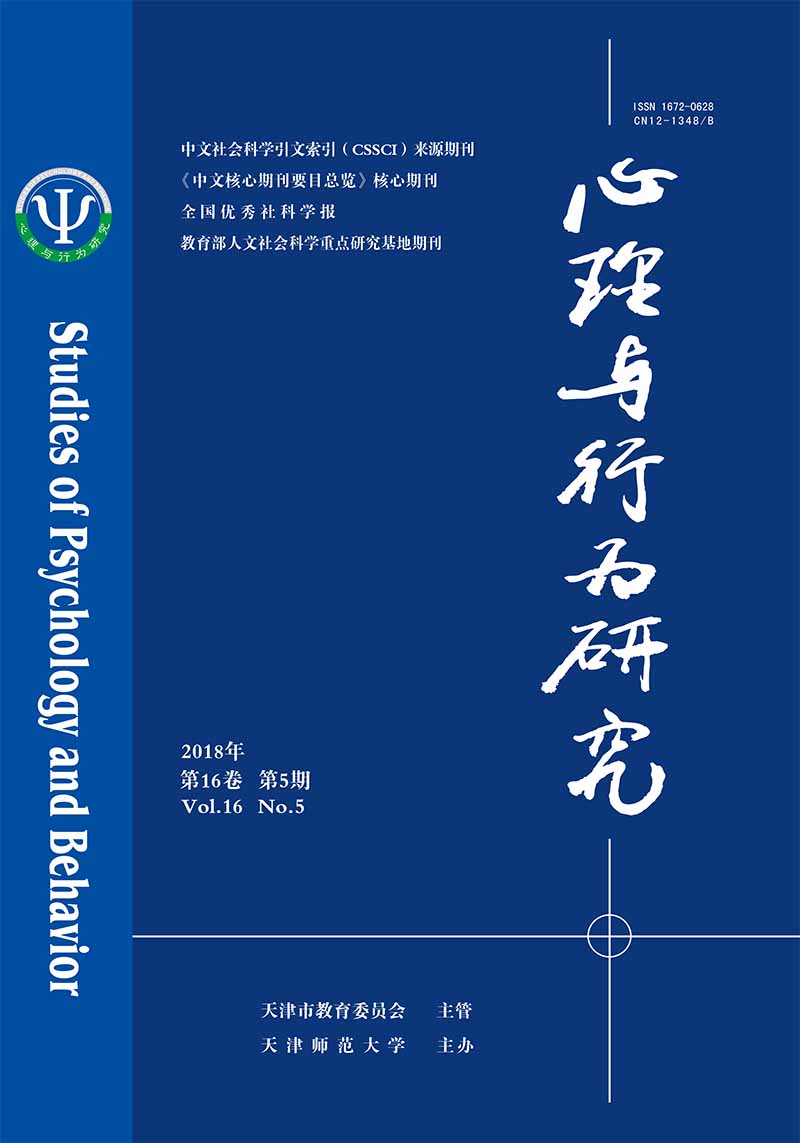|
|
The Component and Relationship Between Explicit and Implicit Stigma Toward Mental Illness Based on Semantic Difference Scale
DONG Shenghong, WU Jie, ZHU Hongjian, WANG Yan
2018, 16(5):
694-700.
The purpose of this paper is to explore the components of the explicit and implicit stigma toward mental illness, and the relationship between them. The semantic difference method was used to develop the mental illness stigma semantic difference scale, which could measure the explicit stigma. In the meanwhile, in order to measure the implicit stigma, we developed the Single Category Implicit Association Test by using the word pairs form the stigma semantic difference scale. The results indicated that:the three-dimension model of explicit stigma has a good degree of fitting (χ2/df=2.99, RMSEA=0.075, CFI=0.918, TLI=0.902), and the three-dimension model of implicit stigma also fits well (χ2/df=2.272, RMSEA=0.071, CFI=0.857, TLI=0.833), which has the same components of the explicit stigma consisting by cognitive evaluation, emotional experience, and behavior reaction. The cognitive evaluation of explicit stigma is correlated with the cognitive evaluation of implicit stigma (r=0.436, p<0.05). However, there is no significant correlation between the explicit stigma and other dimensions of the implicit stigma.
|

